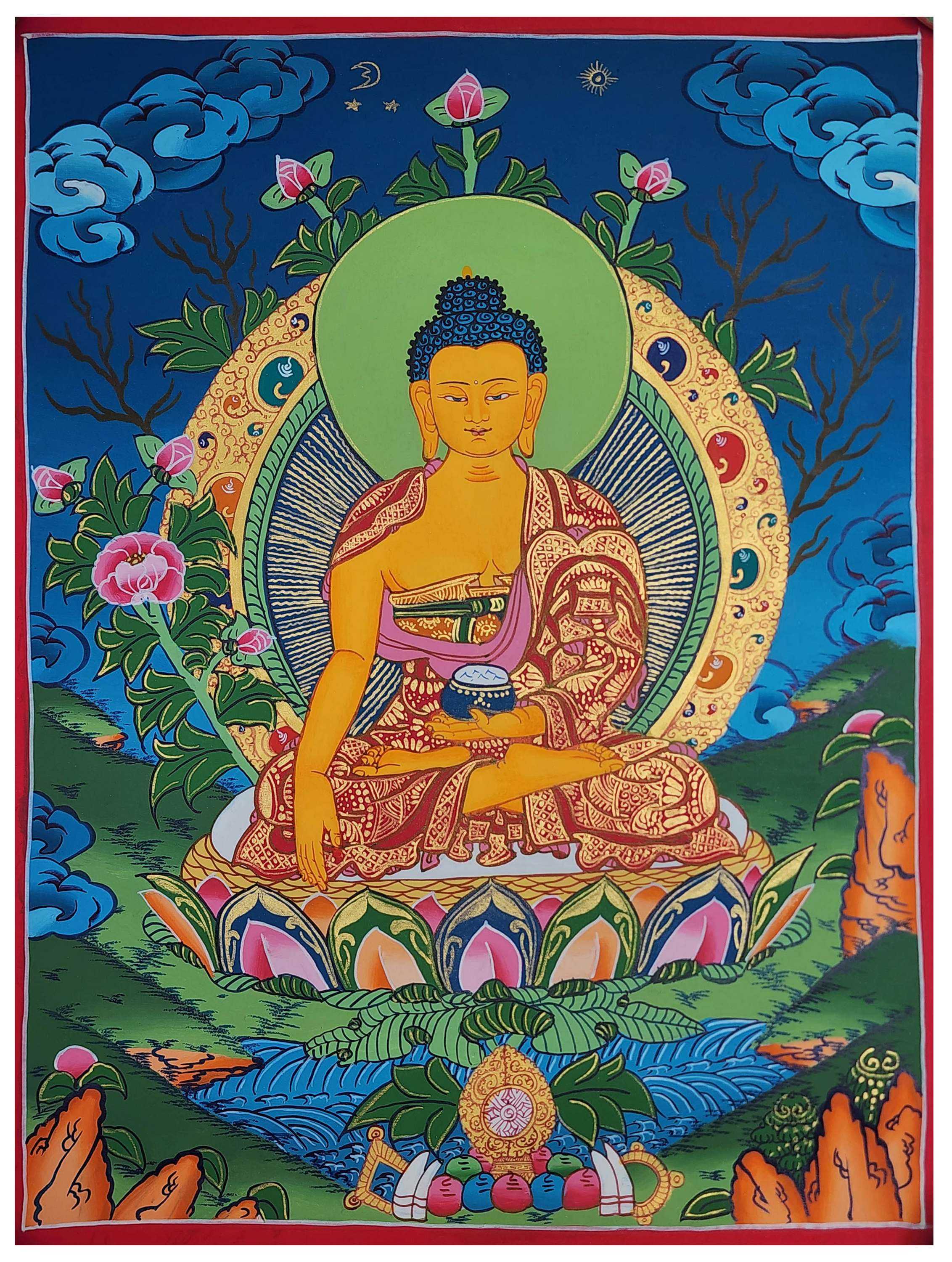Code
HCS28007
Weight
100 gm / 0.22 lbs
Size
Height
60cm (24") Width
45cm (18") Material
Cotton Canvas & Natural Color
Availability
Available

Safe Payment
We accept Paypal, Money Transfer, Bank Transfer
Confidence
Protection covers your purchase and personal data.
Worldwide Delivery
We ship Worldwide, except Russia.Shipping cost US$25.2 for upto 0.5 kgs

Hotline
Talk to help line for your question on 9841267335Introduction to Thangka
A thangka, also known as tangka, thanka, or tanka, is a vibrant and intricate Tibetan Buddhist painting that serves as a visual representation of spiritual teachings. Crafted with meticulous detail on cotton or silk appliqué, thangkas depict a wide range of subjects including Buddhist deities, sacred scenes, mandalas, and narrative stories. These sacred artworks are traditionally kept unframed and rolled up for storage, resembling ancient scrolls. To protect their delicate nature, thangkas are mounted on textile backings and often adorned with a silk cover on the front. Proper preservation in dry environments is crucial to maintain the integrity and longevity of the silk. Read More . . .
A thangka, also known as tangka, thanka, or tanka, is a vibrant and intricate Tibetan Buddhist painting that serves as a visual representation of spiritual teachings. Crafted with meticulous detail on cotton or silk appliqué, thangkas depict a wide range of subjects including Buddhist deities, sacred scenes, mandalas, and narrative stories. These sacred artworks are traditionally kept unframed and rolled up for storage, resembling ancient scrolls. To protect their delicate nature, thangkas are mounted on textile backings and often adorned with a silk cover on the front. Proper preservation in dry environments is crucial to maintain the integrity and longevity of the silk. Read More . . .
Brief Introduction :
Maha Virochana Buddha holds a significant position in Buddhist cosmology, particularly within certain Vajrayana Buddhist traditions. As a central deity, Maha Virochana embodies profound radiance, supreme enlightenment, and the transformative power to dispel ignorance and cultivate wisdom. The symbolism associated with this form of Buddha, with four heads and the Dharma Wheel held in the hands, further accentuates the profound nature of this deity.
The figure of Maha Virochana Buddha with four heads and the Dharma Wheel held in the hands serves as a powerful inspiration for practitioners to cultivate wisdom, compassion, and the ability to guide others toward liberation. Through the contemplation and visualization of Maha Virochana Buddha, practitioners seek to connect with and embody the profound qualities represented by this divine figure, ultimately attaining the same enlightened state.
The four heads of Maha Virochana Buddha are a representation of his omniscient wisdom, enabling him to perceive and comprehend all phenomena from every direction. Each head gazes toward a cardinal direction (north, east, south, and west), signifying the Buddha's ability to perceive and illuminate the truth in all corners of existence. This symbolism reflects the all-encompassing nature of his enlightened consciousness, encompassing the entirety of existence.
The Dharma Wheel, also known as the Dharmachakra, held in the hands of Maha Virochana Buddha, holds great significance. The Dharmachakra is a powerful symbol representing the teaching and dissemination of Buddhist teachings, representing the turning of the wheel of truth. With this symbolic gesture, Maha Virochana Buddha is seen as the supreme teacher, guiding sentient beings towards liberation by expounding the profound wisdom of the Dharma.
Maha Virochana Buddha's radiant appearance further exemplifies his enlightened nature. The luminous aura enveloping his form represents the transcendence beyond ordinary perception and the embodiment of supreme wisdom. This radiance symbolizes the transformative power of enlightenment, capable of dispelling the darkness of ignorance and illuminating the path towards liberation and ultimate truth.
In depictions of Maha Virochana Buddha, additional arms and hands often accompany the four heads. These hands hold various symbolic objects, such as a lotus flower symbolizing purity and spiritual realization, and a vajra symbolizing indestructible power and the union of compassion and wisdom. These symbolic objects represent the Buddha's qualities of compassion, wisdom, and enlightened activity, emphasizing his role as a guiding force in the spiritual journey of practitioners.
The four heads of Maha Virochana Buddha are a representation of his omniscient wisdom, enabling him to perceive and comprehend all phenomena from every direction. Each head gazes toward a cardinal direction (north, east, south, and west), signifying the Buddha's ability to perceive and illuminate the truth in all corners of existence. This symbolism reflects the all-encompassing nature of his enlightened consciousness, encompassing the entirety of existence.
The Dharma Wheel, also known as the Dharmachakra, held in the hands of Maha Virochana Buddha, holds great significance. The Dharmachakra is a powerful symbol representing the teaching and dissemination of Buddhist teachings, representing the turning of the wheel of truth. With this symbolic gesture, Maha Virochana Buddha is seen as the supreme teacher, guiding sentient beings towards liberation by expounding the profound wisdom of the Dharma.
Maha Virochana Buddha's radiant appearance further exemplifies his enlightened nature. The luminous aura enveloping his form represents the transcendence beyond ordinary perception and the embodiment of supreme wisdom. This radiance symbolizes the transformative power of enlightenment, capable of dispelling the darkness of ignorance and illuminating the path towards liberation and ultimate truth.
In depictions of Maha Virochana Buddha, additional arms and hands often accompany the four heads. These hands hold various symbolic objects, such as a lotus flower symbolizing purity and spiritual realization, and a vajra symbolizing indestructible power and the union of compassion and wisdom. These symbolic objects represent the Buddha's qualities of compassion, wisdom, and enlightened activity, emphasizing his role as a guiding force in the spiritual journey of practitioners.


![Maha Virochana Thangka Painting, Karma Gadri Art, Handmade Thangka, [hand Painted]](https://handicraftseller.com/uploads/pics/product/thumb/2023/01/28007_1.jpg)
![Maha Virochana Thangka Painting, Karma Gadri Art, Handmade Thangka, [hand Painted]](https://handicraftseller.com/uploads/pics/product/thumb/2023/01/28007_2.jpg)
![Maha Virochana Thangka Painting, Karma Gadri Art, Handmade Thangka, [hand Painted]](https://handicraftseller.com/uploads/pics/product/thumb/2023/01/28007_3.jpg)
![Maha Virochana Thangka Painting, Karma Gadri Art, Handmade Thangka, [hand Painted]](https://handicraftseller.com/uploads/pics/product/thumb/2023/01/28007_4.jpg)
![Maha Virochana Thangka Painting, Karma Gadri Art, Handmade Thangka, [hand Painted]](https://handicraftseller.com/uploads/pics/product/thumb/2023/01/28007_5.jpg)
![Maha Virochana Thangka Painting, Karma Gadri Art, Handmade Thangka, [hand Painted]](https://handicraftseller.com/uploads/pics/product/thumb/2023/01/28007.jpg)
![Maha Virochana Thangka Painting, Karma Gadri Art, Handmade Thangka, [hand Painted]](https://handicraftseller.com/uploads/pics/product/thumb/2023/01/28007_0.jpg)










 of Shakyamuni Buddha,
of Shakyamuni Buddha,  of Shakyamuni Buddha,
of Shakyamuni Buddha, 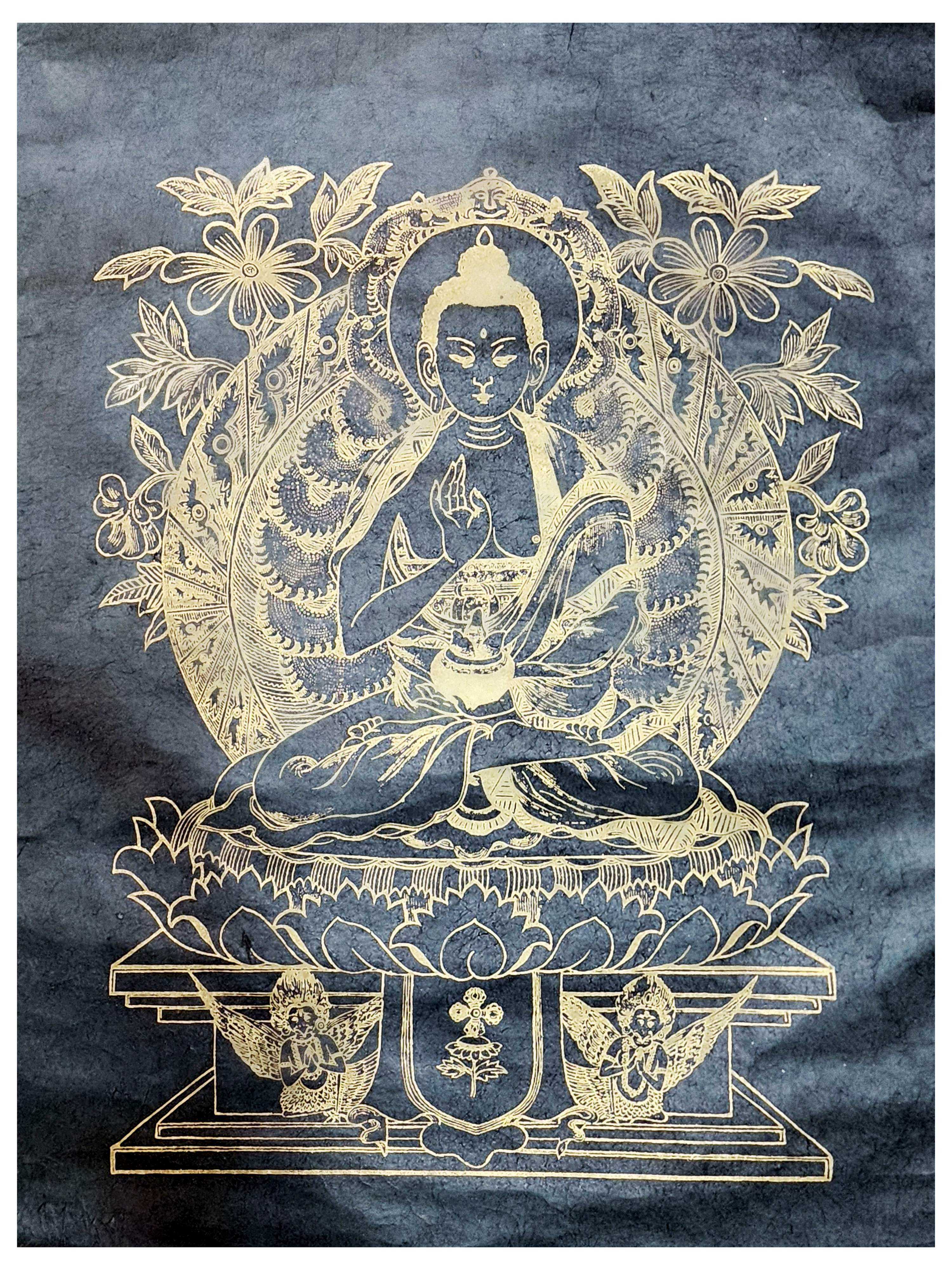
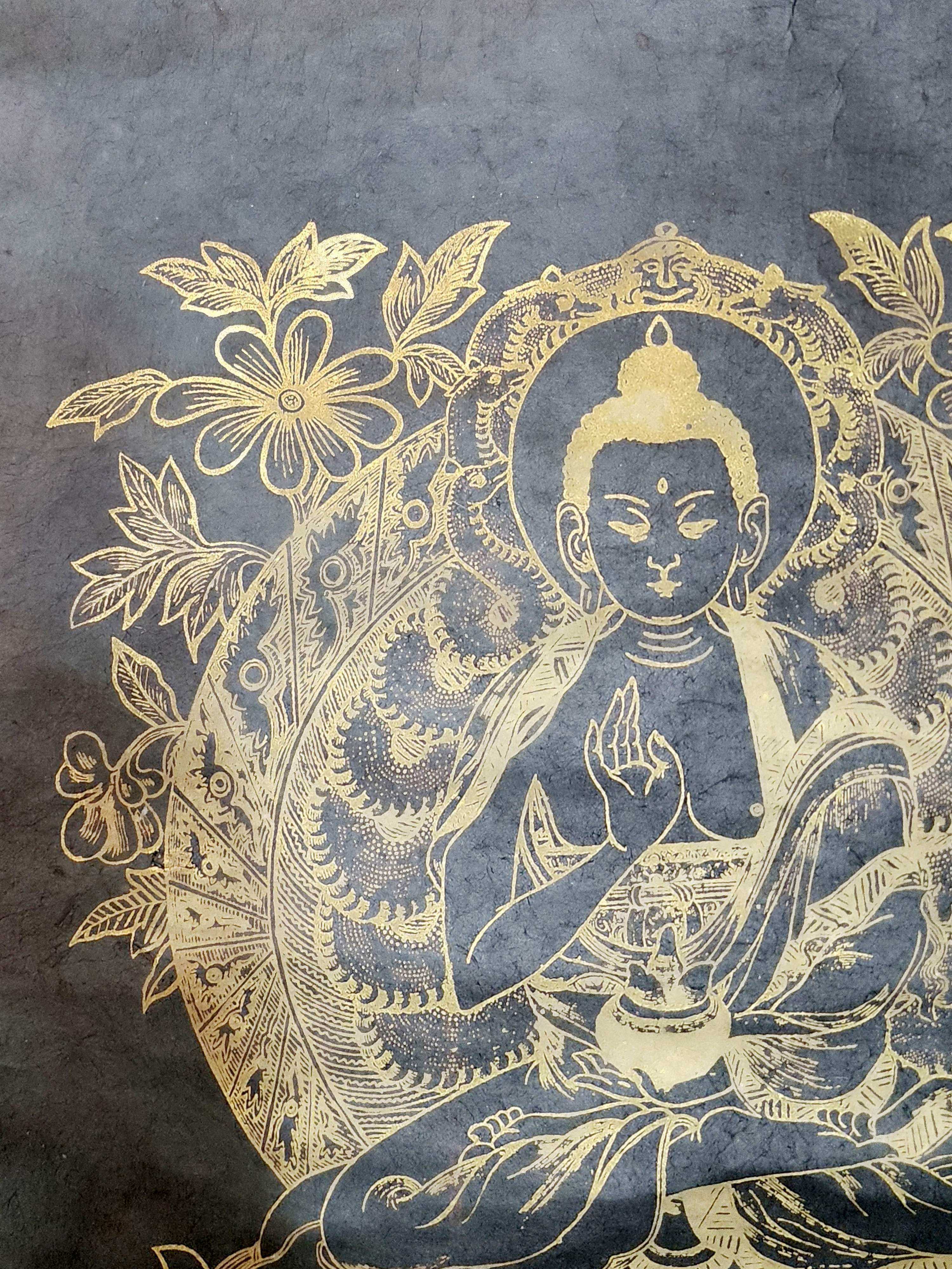
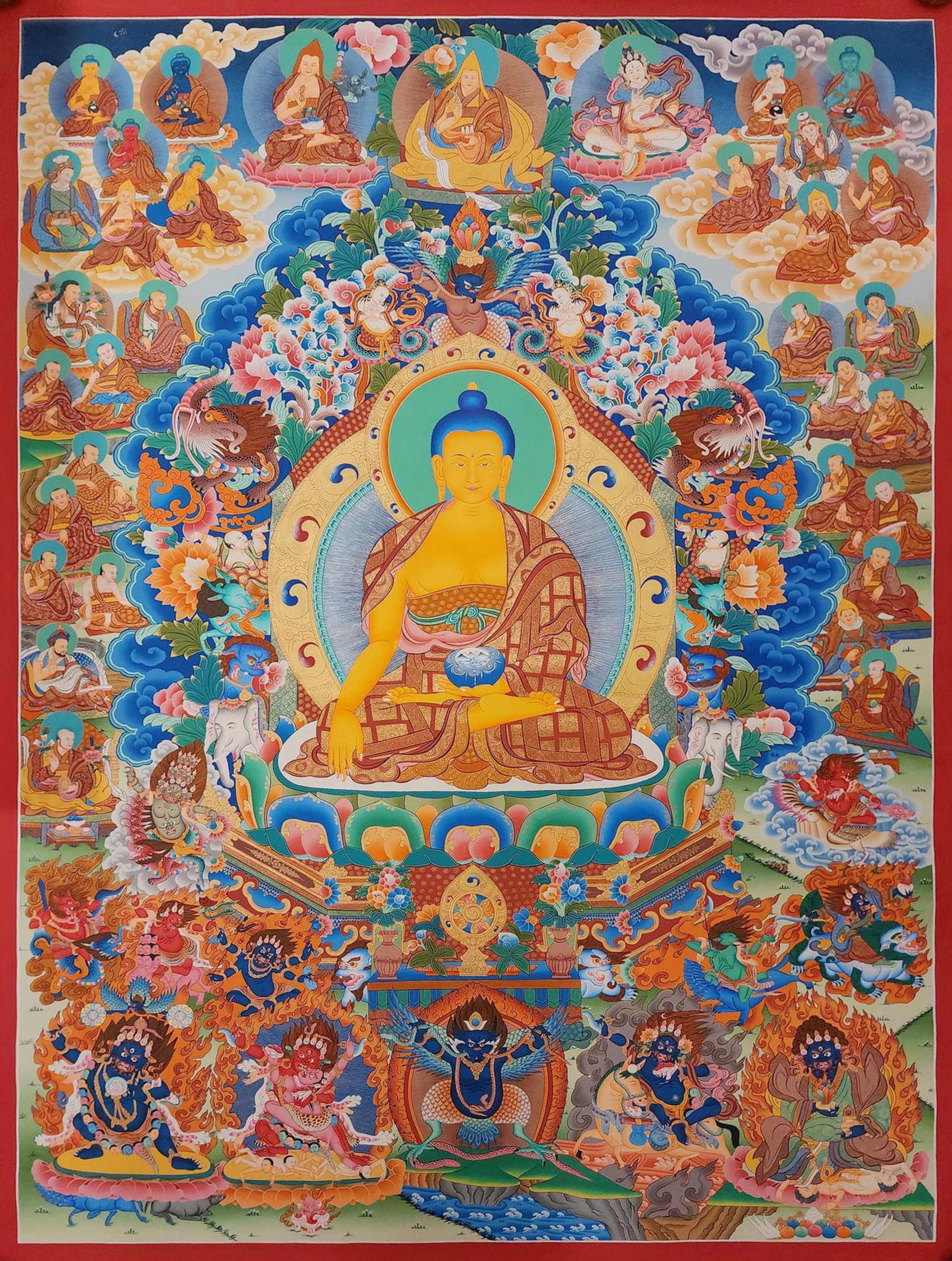 Real Gold, Refuse Tree Shakyamuni Buddha,
Real Gold, Refuse Tree Shakyamuni Buddha,  Real Gold, Refuse Tree Shakyamuni Buddha,
Real Gold, Refuse Tree Shakyamuni Buddha,  Art From Bhaktapur, Buddhist Handmade Thangka Painting
Art From Bhaktapur, Buddhist Handmade Thangka Painting  Art From Bhaktapur, Buddhist Handmade Thangka Painting
Art From Bhaktapur, Buddhist Handmade Thangka Painting  Real Gold" title="Shakyamuni Buddha Thangka, Tibetan Buddhist Art, Hand Painted,
Real Gold" title="Shakyamuni Buddha Thangka, Tibetan Buddhist Art, Hand Painted, 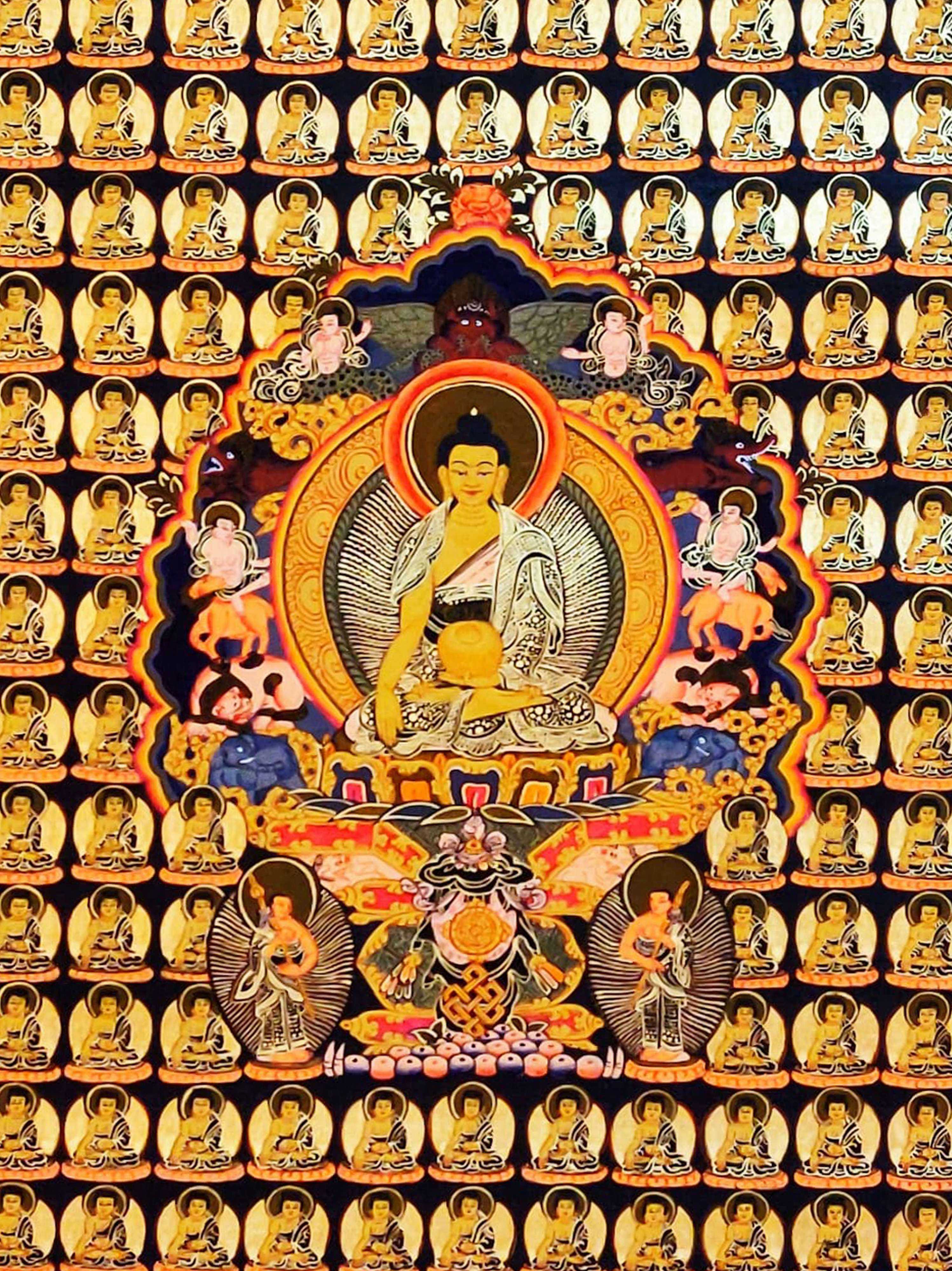 Real Gold" title="Shakyamuni Buddha Thangka, Tibetan Buddhist Art, Hand Painted,
Real Gold" title="Shakyamuni Buddha Thangka, Tibetan Buddhist Art, Hand Painted, 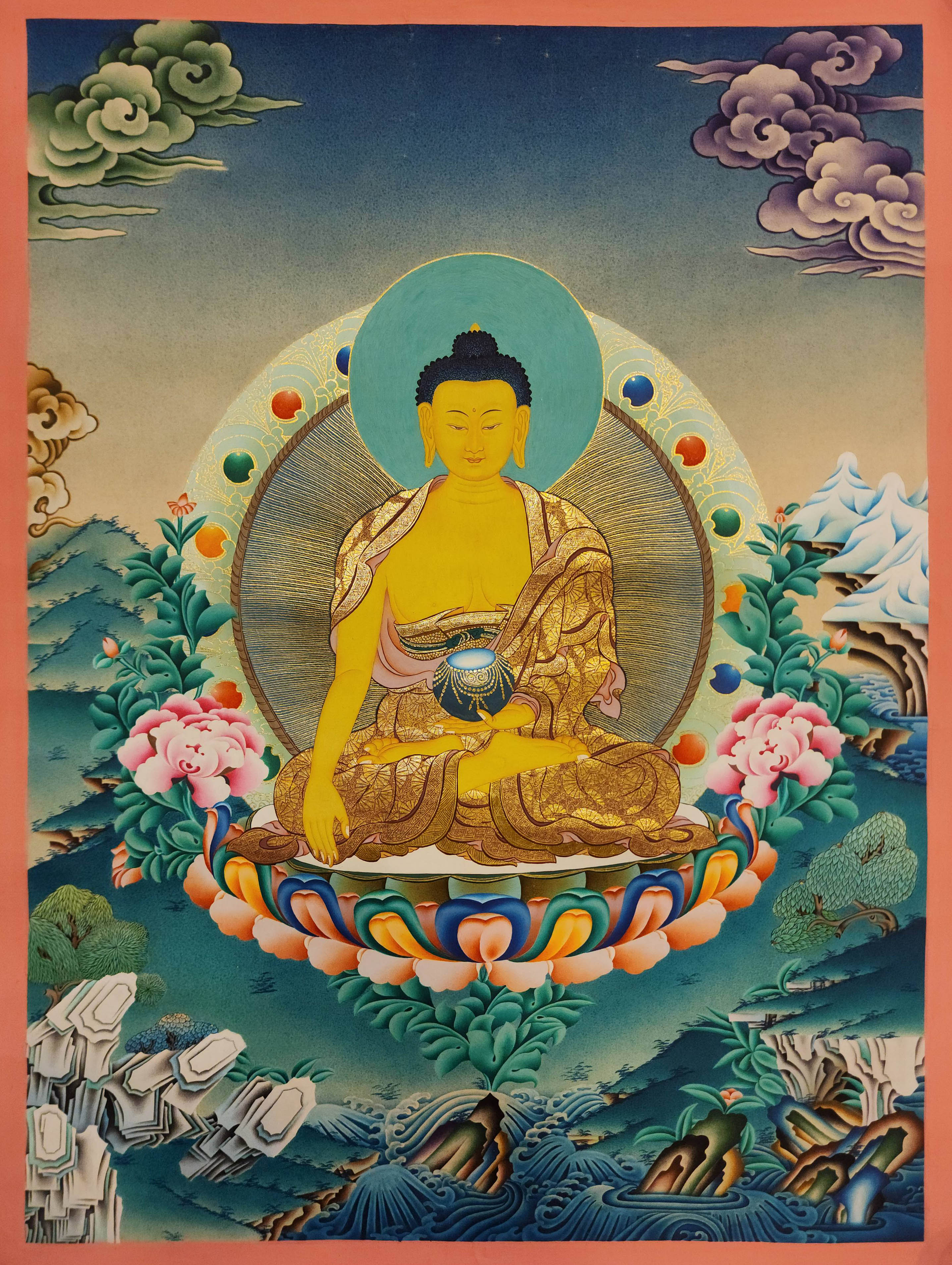 Real Gold" title="Shakyamuni Buddha, Buddhist Handmade Thangka Painting, Tibetan Style,
Real Gold" title="Shakyamuni Buddha, Buddhist Handmade Thangka Painting, Tibetan Style, 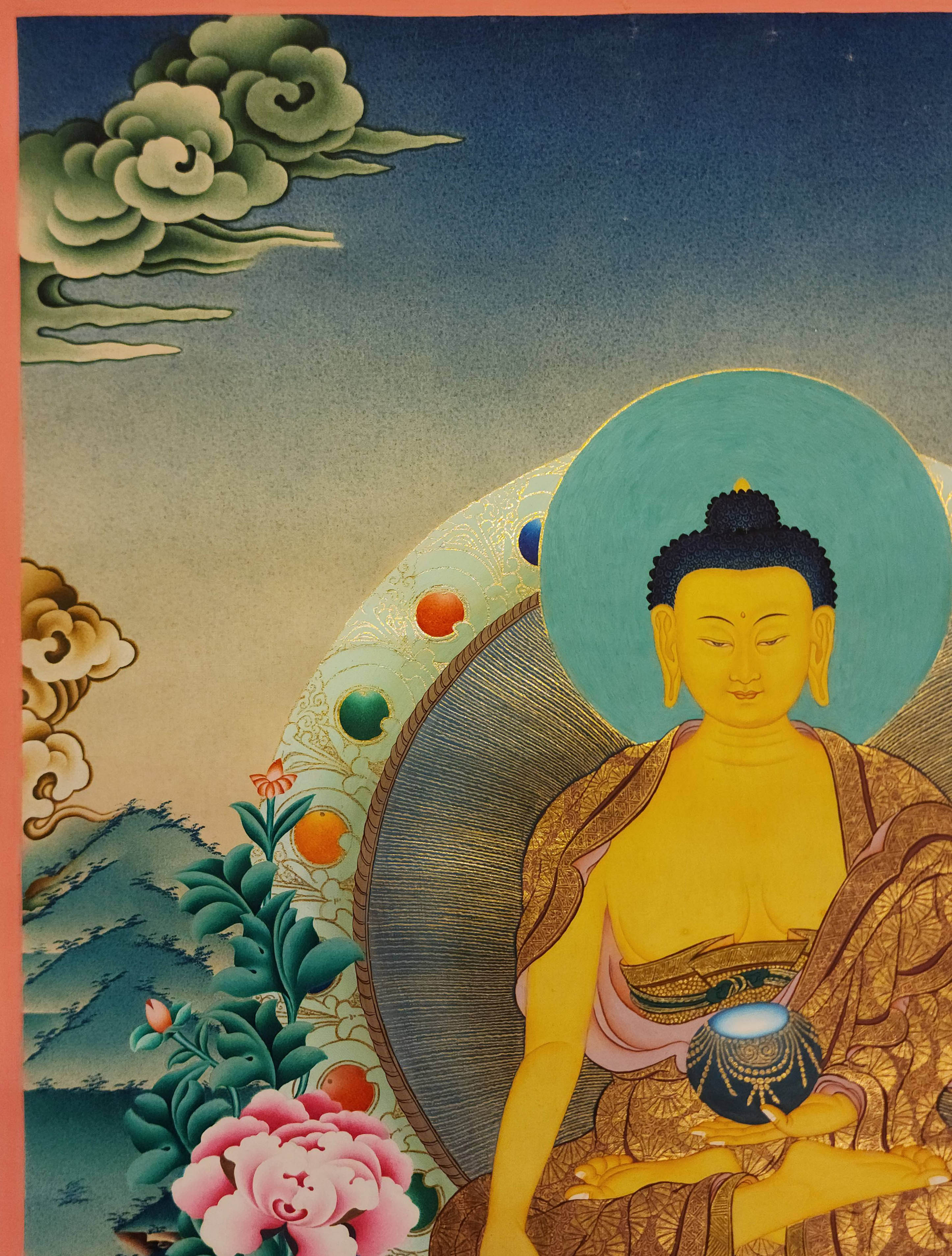 Real Gold" title="Shakyamuni Buddha, Buddhist Handmade Thangka Painting, Tibetan Style,
Real Gold" title="Shakyamuni Buddha, Buddhist Handmade Thangka Painting, Tibetan Style,  of Shakyamuni Buddha" title="Tibetan Thangka
of Shakyamuni Buddha" title="Tibetan Thangka  of Shakyamuni Buddha" title="Tibetan Thangka
of Shakyamuni Buddha" title="Tibetan Thangka  Real Gold,
Real Gold,  Real Gold,
Real Gold,  of Shakyamuni Buddha,
of Shakyamuni Buddha,  of Shakyamuni Buddha,
of Shakyamuni Buddha, 